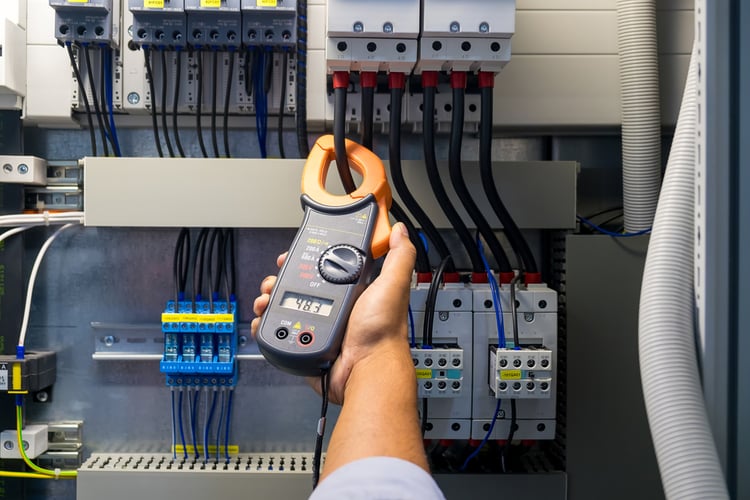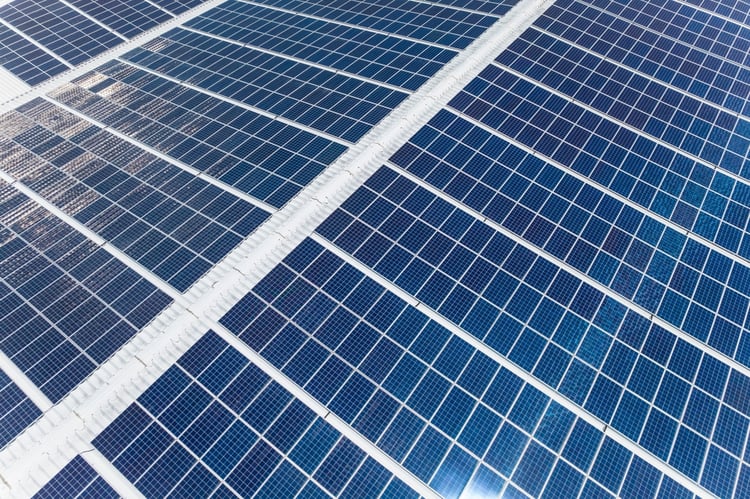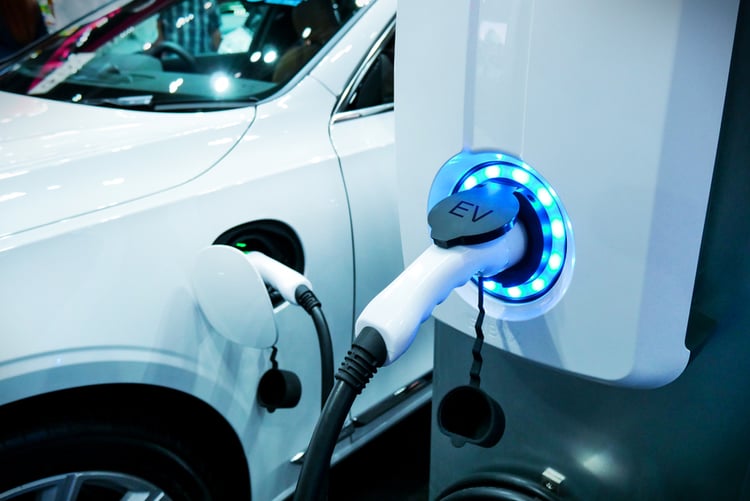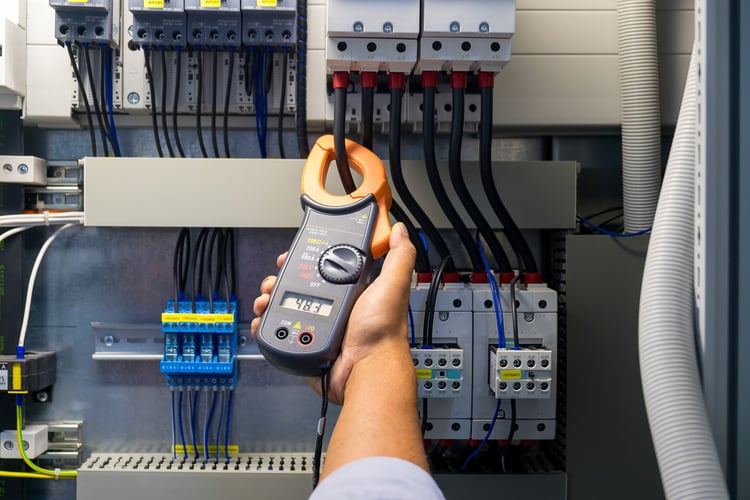The US electric vehicle market is growing rapidly and demand for charging stations is expected to follow suit. According to the US Department of Energy, the number of registered EVs increased from 1,019,260 to 1,454,480 during 2021, representing more than 40% growth in 12 months.
If you own a commercial building, you've probably considered adding electric vehicle charging stations. The charging service represents an income opportunity and is also helping to develop the necessary infrastructure to support a larger fleet of electric vehicles on the road. In this article, we provide 3 tips to get better results from your electric vehicle charging station project.
Get a professional electric vehicle charging station design, meet codes, and qualify for incentives.
You can find EVs from many manufacturers, but the Tesla Model 3 and Model Y are currently sales leaders, with over 120,000 and 170,000 units sold in 2021, respectively. EV sales in general are expected to grow faster following the Inflation Reduction Act, which improved existing tax credits and introduced new ones.
1) Get a professional assessment of your electrical installations

EV chargers can add considerable load to your building and your electrical installations must be able to handle this load. This is especially true if you plan to install DC fast chargers, which can consume a few hundred kilowatts each. For example, a Tesla Supercharger V3 can supply up to 250 kW to an EV, meaning four units at full capacity can consume a full megawatt of power (1,000 kW).
Before installing electric vehicle charging stations in a building, you need to ensure that the electrical service equipment and wiring can support them. Your building's transformers, switchboards, main feeders, and electrical protection devices must have sufficient capacity for EV chargers. If your existing electrical systems are close to full capacity, you will need an upgrade or new installation solely for charging stations.
2) Consider a commercial solar power system

Inflation in the US reached a 40-year high in 2022 and electricity prices were also affected. The Consumer Price Index Report for August 2022 shows an increase in the price of electricity of 15.8% over a 12-month period. Electricity price data from the US Energy Information Administration shows a similar trend between July 2021 and July 2022:
- The average price of a residential kWh increased from 13.87 to 15.46 cents (11.5%)
- The average commercial price per kWh increased from 11.51 to 13.15 cents (14.2%)
If your building is completely grid dependent and you install multiple electric vehicle chargers, they can have a noticeable impact on your electricity bills. However, a solar energy system can help cover your building's consumption – including the energy consumed by new charging stations.
You can save on charging electric vehicles with solar panels, even though no power is generated when visitors plug in their vehicles. Many electric companies now offer Internet metering, which means that excess generation from solar panels can be subtracted from the consumption measured by the energy meter. If your commercial solar array is sized correctly, energy bills will decrease even if generation and consumption do not happen at the same time.
3) Make sure you qualify for EV charging station incentives

The Action Plan for charging electric vehicles announced by the Biden Administration aims to implement 500,000 charging stations across the country. There is a $7.5 billion budget to begin electric vehicle charger installations: $5 billion for states submitting electric vehicle charging infrastructure plans and $2.5 billion for corridors and key communities . These funds can lead to the creation of new incentive programs.

